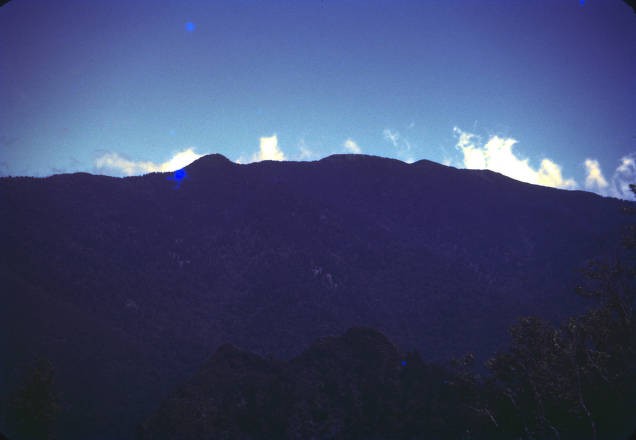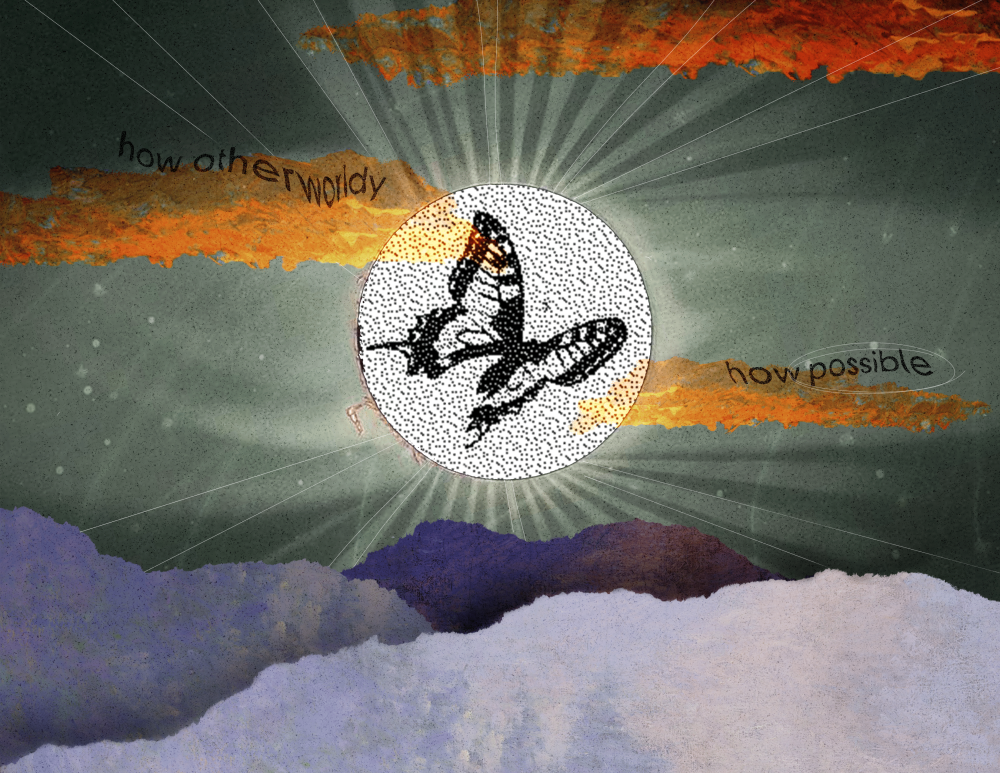

Excerpt from Turf Angel: Journal of Photographer Roger Hoffman Howell, 1938–1941
Edited by Jonathan Felt Swift
Editor’s Preface
Entries span March 27, 1938, to November 12, 1941, and thematically can be divided into three developmental periods, namely of Howell’s fancy, disillusionment, and integration.
In the first two months of the record, comprising some six entries, Howell is romantic. Work, love, social life, recreation, and philosophy seem to bloom for him all at once: “The impress of Thunderhead,” he notes, “even in March, is altogether in accord with the Irish blessing. The understory curls to my shadow. My boot meets with new turf.”
By July 7, 1939, however, Howell is more tangled in the understory than wreathed by it: “My Alice is faultless, but by God, I could speak or not speak on these outings, she would not know the difference.” The sore spot turns out to be one “Mrs. Cruze,” a club member and gregarious advocate for the New Age interest group constellated around Edward William and Mary Wilson Ogden.1 Howell had “met gainly with the Truth” in the works of English New Thoughter T. Troward, and Cruze’s affinity for Alexandra David-Neel’s “rather woolen” metaphysics could only strike him as exotic. “If the motivation for society is sincere,” the entry concludes, “I don’t know what you get from Tibet.”
November 17, 1940, marks the third phase of Howell’s journal: the evening of a lecture by Dr. O. G. Beeler and his first encounter with E. W. Ogden. Hike reflections of the following day preserve Howell’s early poetry, but the seat of his subjectivity has moved:
Clouds lift into view from behind a ridge. They move like Indian children in a marketplace, neither rapt nor erratic, just playing amidst ageless waves of raga between their elders’ fingers. Clouds soaked with late sun, their normal weightless opacity inverted, become a heavy translucence, a brown bag wet with yellow and white and something beyond white. I describe it here because it is in all ways unbelievable but to behold, an angelic material—how otherworldly, how possible.
1 Caldwell, “Into the Aether,” 61.